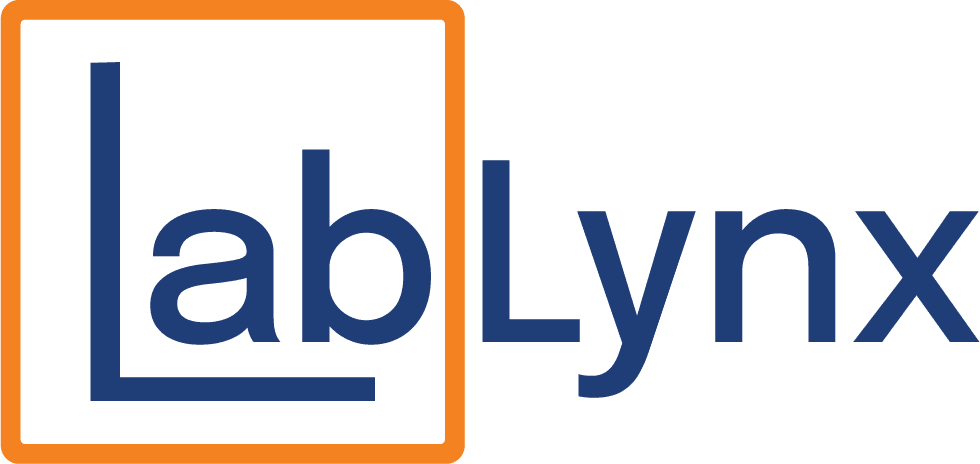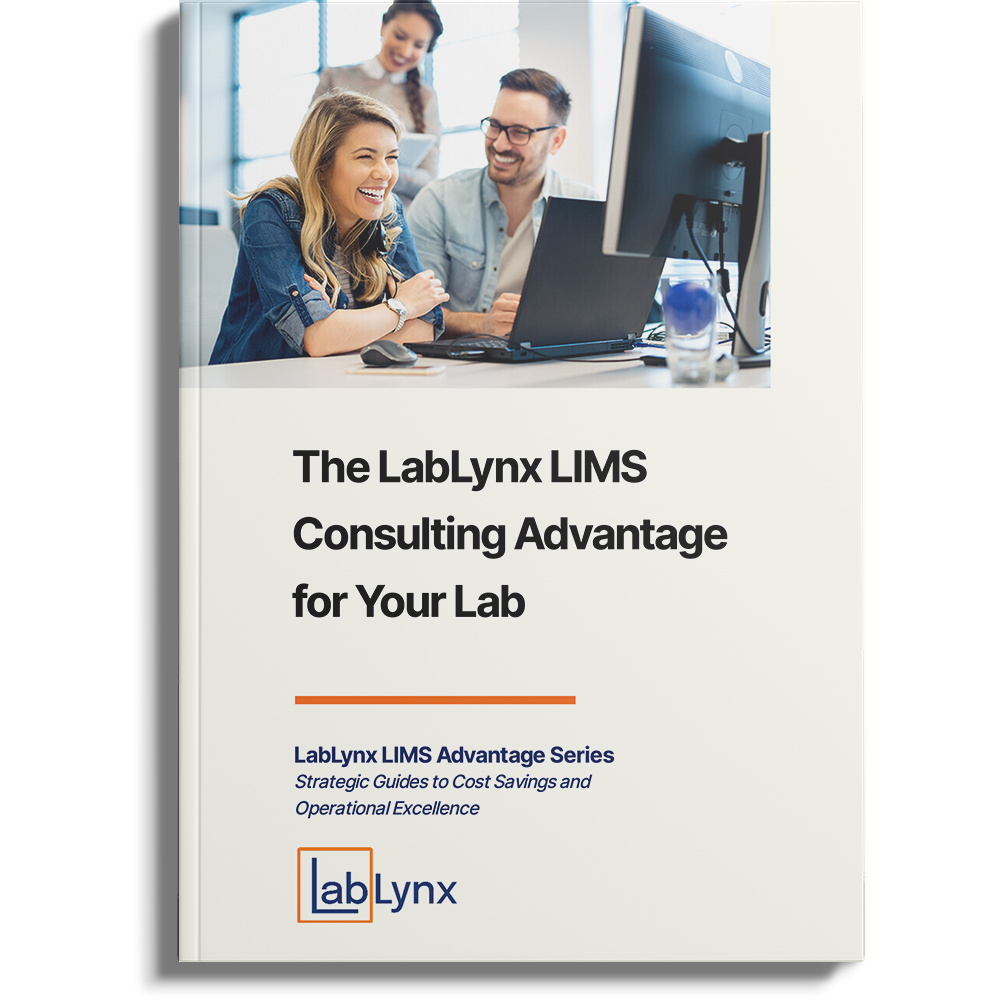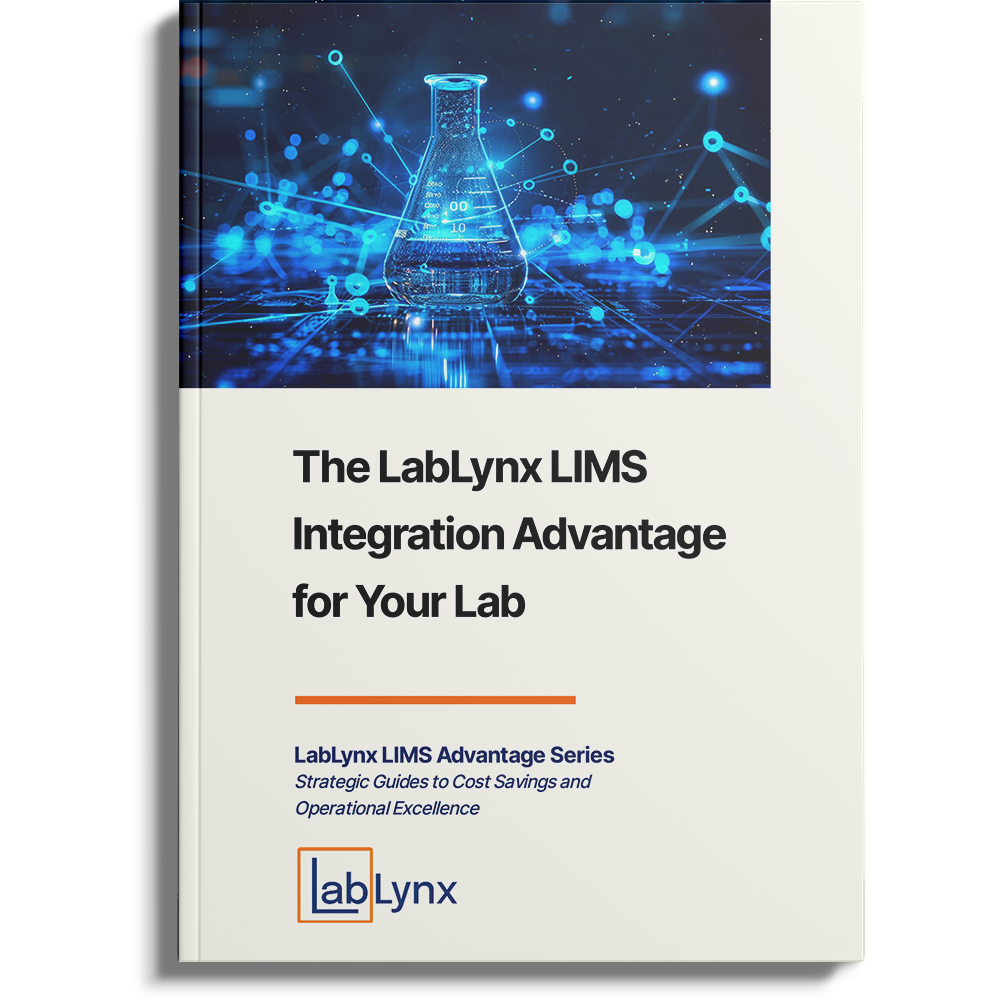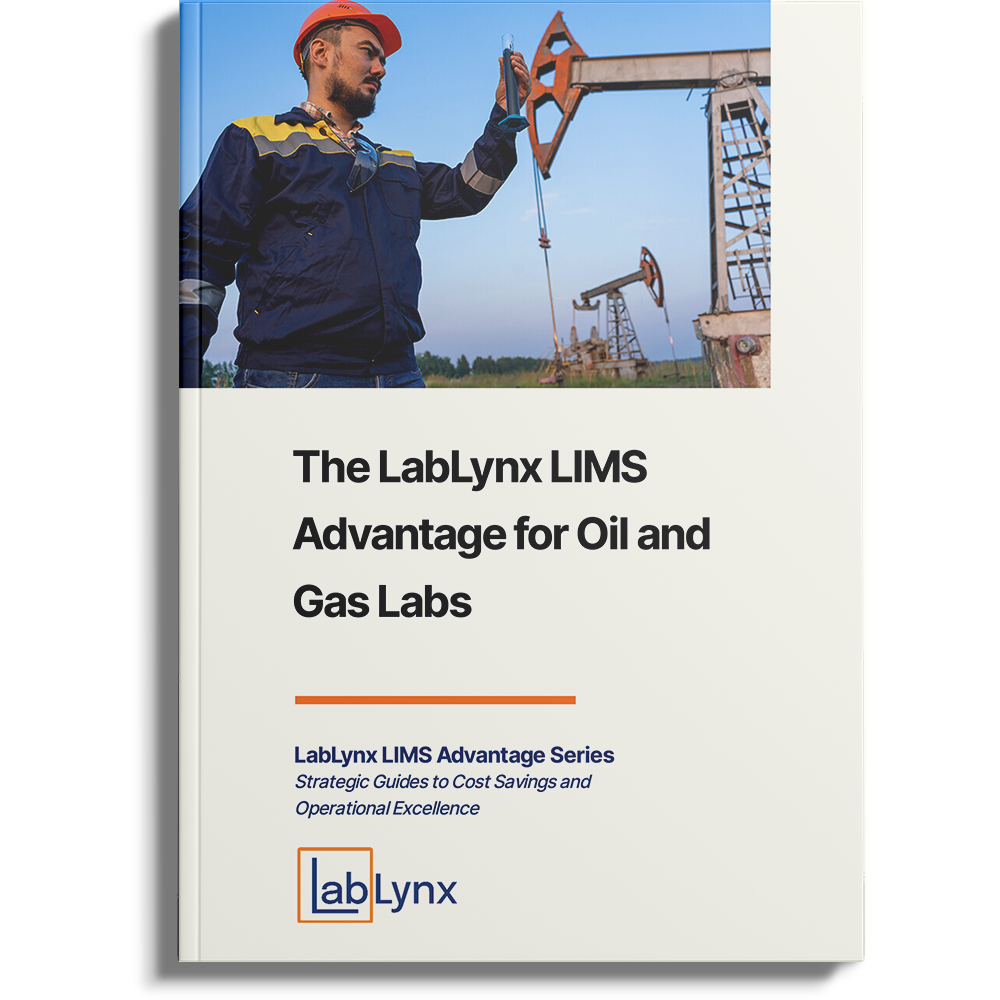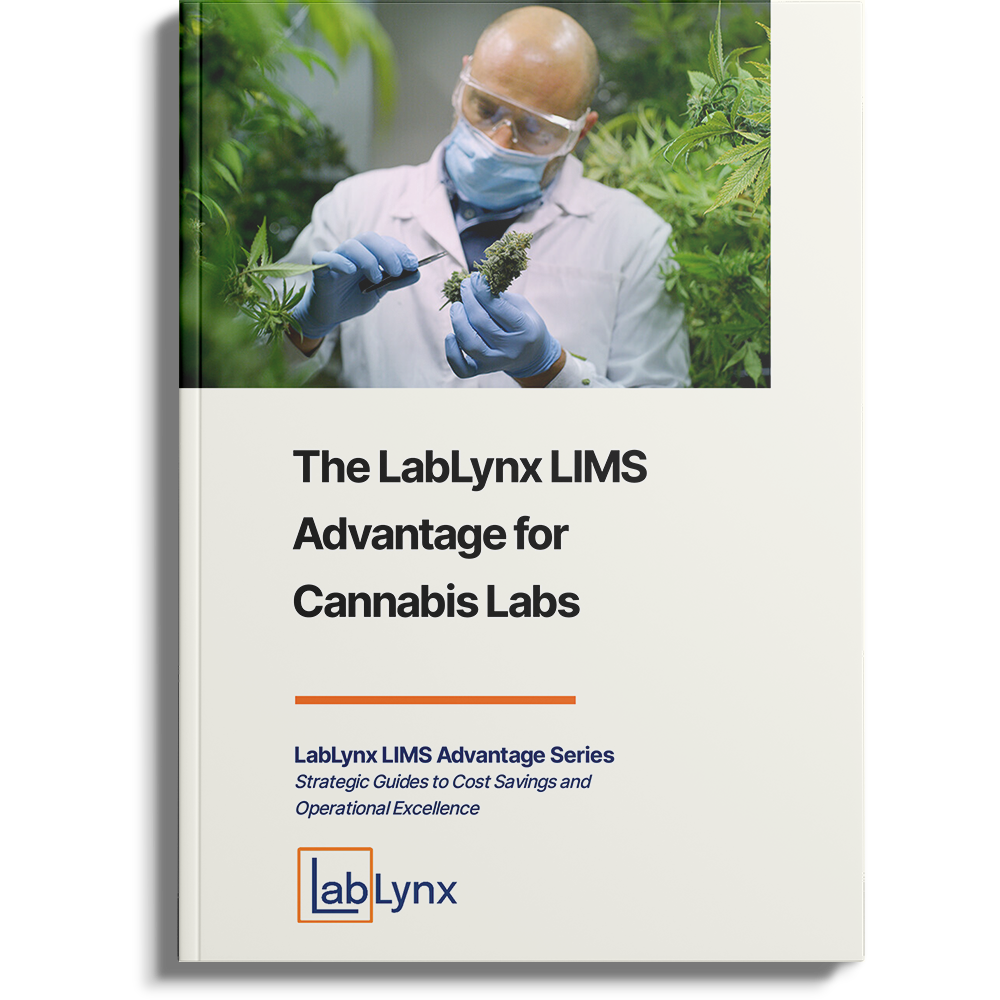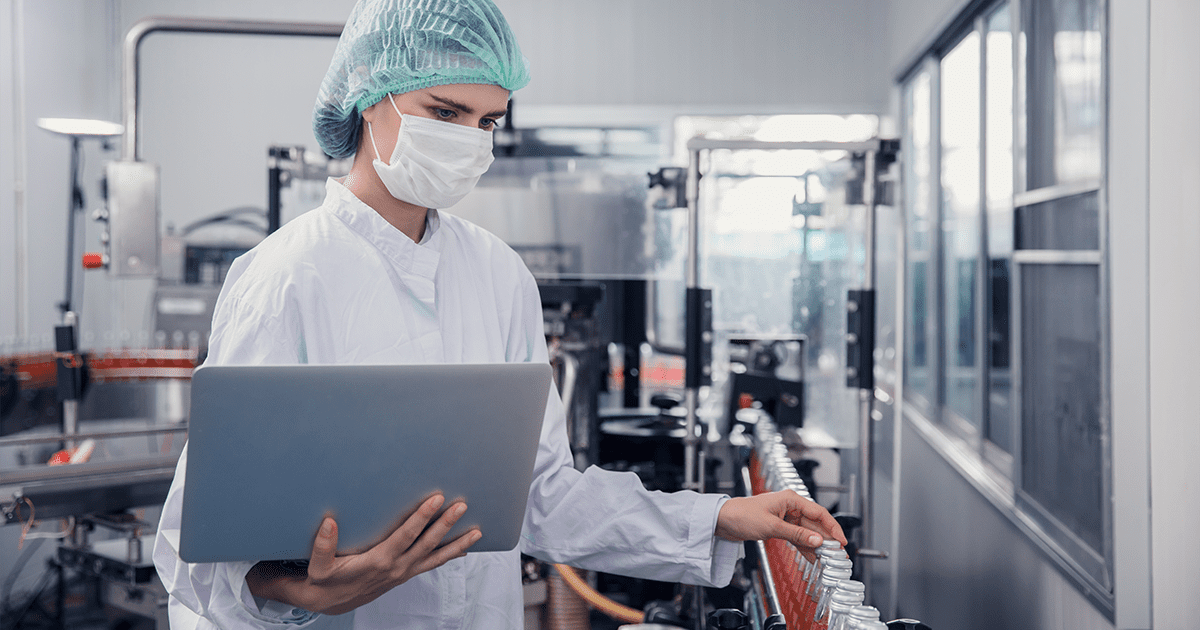
International food and beverage safety through regulatory-driven operational standardization
When discussing the landscape of food and beverage safety and it regulation, it’s difficult not to mention standards like ISO 22000 and ISO/IEC 17025. Most competitive and well-established food and beverage companies will already be accredited to the ISO 22000:2018 standard, and if they have an in-house research and development (R&D) or quality testing laboratory, to the ISO/IEC 17025:2017 standard. Both are internationally recognized standards that attempt to globally harmonize approaches to both food safety management and laboratory quality management.
ISO 22000—first published in 2005—was originally designed to be aligned with quality management standards like ISO 9001 and the Hazard Analysis and Critical Control Points (HACCP) principles, as adopted by the Codex Alimentarius.[1] And while ISO 9001 wasn’t exclusively directed at laboratories, over the years laboratories have adopted that standard, along with other non-laboratory businesses. With ISO/IEC 17025 having significant alignment with ISO 9001 (while being specifically designed for analytical and calibration laboratories)[2] and ISO 22000 having alignment with ISO 9001, it’s not surprising there is occasional minor confusion between ISO 22000 and ISO/IEC 17025, as well as their impacts on the food and beverage industry.
ISO 22000:2018 Food safety management systems – Requirements for any organization in the food chain specifies how any food and beverage-related business can develop food safety management system for implementation that addresses interactive communication requirements, system management requirements, prerequisite programs, and HACCP requirements.[1] On the other hand, ISO/IEC 17025:2017 General requirements for the competence of testing and calibration laboratories specifies how an analytical or calibration laboratory—including a food and beverage lab—can take a quality system approach to their operations while demonstrating competency, impartiality, and consistency.[3] While both share aspects of ISO 9001, the intended audiences are different, and ISO 22000 doesn’t address things like the measurement aspects of analyses and the management of proficiency testing records.[4][5] The most likely crossover between the two in a food and beverage business is where a food manufacturer adopts ISO 22000 or its HACCP practices, and an affiliated laboratory accredited to the ISO/IEC 17025 standard conducts a wide variety of testing, including the identification and monitoring of physical, chemical, and biological hazards as part of HACCP.
Though some countries may have legal requirements for food manufacturers to adopt the HACCP principles enshrined in ISO 22000—which encourage the identification and controlling of potential hazards throughout the manufacturing process to better ensure the quality and safety of food and beverages[1]—other countries may not have such requirements, leaving ISO 9001, 17025, and 22000 adoption voluntary. However, the clientele of a given food manufacturer may demand they be accredited to one or more of these standards, or even audited to the requirements of the likes of the Global Food Safety Initiative (GFSI).[1] Additionally, with food safety regulations growing in number (though differing, sometimes greatly, among countries), and many of those regulations requiring conformance to one or more national and international standards,[6] food and beverage companies of all types are increasingly finding they need to not only meet the requirements of clientele but also stay ahead of the changing regulatory landscape by getting accredited to an international standard. The data collection and management requirements of standards like ISO 22000 and ISO/IEC 17025 in particular demand something better than a paper- or spreadsheet-based methodology. This is where a laboratory information management system (LIMS) comes into play.
A LIMS’ role in complying with ISO 22000 and ISO/IEC 17025 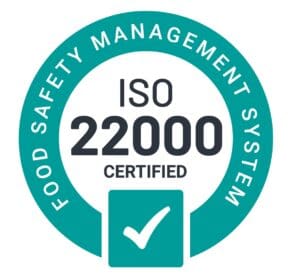
The “Vs” of data and information involved with complying with food safety regulations and standards compliance continue to grow, requiring an advanced informatics solution that can securely capture, store, trace, archive, and report that data and information in a defensible manner.[7][8][9] In a 2021 journal article published in Frontiers in Microbiology, Donaghy et al. clearly elaborate on this trend[10]:
“Food safety related data, acquired throughout the food chain, is required for real-time food safety decision-making by all stakeholders, including risk assessors, managers, and communicators … The ability to collect, analyze, and convey digital data at all stages of the food value chain has seen an exponential increase in the volume, velocity, variety, and veracity of data available. Data sources impacting food safety include food production, food consumption, public health, agriculture, environmental conditions logistics, social media, etc., containing structured and unstructured formats. The ability to extract value from these data, while ensuring the interoperability of different sources to assure food safety and quality, is the future challenge.”
A variety of electronic systems have evolved to better address the growing needs of food and beverage companies complying with ISO 22000 and ISO/IEC 17025, including electronic HACCP (e-HACCP) systems, food safety and quality management systems, plant management systems, and LIMS. In particular, where laboratory testing (R&D, quality, or otherwise) intersects with HACCP management, you’ll likely find a LIMS. The software is able to record and track operational tasks such as sampling, analysis, training, maintenance, and much more, from delivery of raw materials to approval of the final product, leaning on audit trails and role-based security to ensure all recorded data and information is accurate and defensible. Both expected and unexpected or undesirable results should be captured, including non-conformances that if not caught early could have a dramatic impact on the future value of a brand, or the reputation of the manufacturer. That HACCP dictates hazard evaluation, prevention management, monitoring control, record maintenance, and corrective action documentation, it becomes clearer that a LIMS further lends to better tracking the analyses and documents associated with the HACCP activities of the company. This is especially useful when manufacturing and testing operations are spread out across multiple locations nationally and internationally; a web-based LIMS provides consistency and limits complexity of HACCP and laboratory quality management across the entire organization.[9][11]
In particular, the functionality of a food and beverage LIMS that better addresses the needs of ISO 22000 and ISO/IEC 17025 compliance includes robust tools for[12][13]:
- Capturing in total a registered sample’s data and metadata;
- Providing preloaded and configurable sample types and analytical test methods of the food and beverage industry;
- Validating of sampling and test methods, as well as analytical results;
- Maintaining training and certification records;
- Mapping professional requirements to existing system tasks, sample types, and methods;
- Managing documents, images, and attachments, with versioning and release controls;
- Archiving and retaining data and information;
- Maintaining a calibration and maintenance audit trail;
- Creating statistical trending and control charts;
- Generating certificates of analysis or similar verification documents;
- Developing regulatory-driven safety plans, including building HACCP steps into laboratory workflows;
- Improving reaction time to non-conformances, including automatically messaging suppliers and re-prioritizing or pausing related activities; and
- Improving audit readiness and reporting by supporting supplier audits, capturing internal audit data on-demand and directly from the facility floor, and flagging/alerting HACCP- and audit-related data.
References
- Holah, John (2023), “Principles of Hygienic Practice in Food Processing and Manufacturing” (in en), Food Safety Management (Elsevier): 587–613, doi: 10.1016/b978-0-12-820013-1.00029-2. ISBN: 978-0-12-820013-1. https://linkinghub.elsevier.com/retrieve/pii/B9780128200131000292
- Miguel, Anna; Moreira, Renata; Oliveira, André (2021). “ISO/IEC 17025: HISTORY AND INTRODUCTION OF CONCEPTS”. Química Nova. doi: 10.21577/0100-4042.20170726. http://quimicanova.sbq.org.br/audiencia_pdf.asp?aid2=9279&nomeArquivo=AG2020-0467.pdf
- “ISO/IEC 17025:2017 General requirements for the competence of testing and calibration laboratories”. International Organization for Standardization. November 2017. Retrieved 05 December 2023. https://www.iso.org/standard/66912.html
- Perovic, S. (4 February 2008). “ISO 22000 and accredited laboratory”. The Elsmar Cove. XenForo Ltd. Retrieved 05 December 2023. https://www.ifsqn.com/forum/index.php/topic/30137-the-extent-of-iso-17025-implementation-for-fssc-22000/
- lurah11 (21 July 2017). “The Extent of ISO 17025 implementation for FSSC 22000”. International Safety & Quality Network Forums. International Safety & Quality Network. Retrieved 05 December 2023. https://elsmar.com/elsmarqualityforum/threads/iso-22000-and-accredited-laboratory.25754/
- Mahmoud, B. (4 February 2020). “An Historical Food Safety Approach for the World We Want”. Food Safety Magazine . Retrieved 05 December 2023. https://www.food-safety.com/articles/6448-an-historical-food-safety-approach-for-the-world-we-want
- Rumpf, A (1 August 2007). “Leveraging Food Safety Data to Improve Operations”. Food Safety Magazine. Archived from the original on 03 March 2021. Retrieved 06 December 2023. https://web.archive.org/web/20210303200830/https://www.food-safety.com/articles/3973-leveraging-food-safety-data-to-improve-operations
https://www.labware.com/blog/labware-supports-food-beverage-regulations - Bratager, S (27 July 2022). “The Future of Food Safety Is Data Driven”. Food Safety Tech . Retrieved 06 December 2023. https://foodsafetytech.com/column/the-future-of-food-safety-is-data-driven/
- Thurston, C. (May 2015). “ISO 22000 and Integrated Informatics: Business Best Practices to Meet Global Food Safety Regulatory Challenges” (PDF). Lab Manager. Retrieved 06 December 2023. https://assets.thermofisher.com/TFS-Assets/CMD/Reference-Materials/ar-lims-iso-22000-informatics-labmanager0515-en.pdf
- Donaghy, John A.; Danyluk, Michelle D.; Ross, Tom; Krishna, Bobby; Farber, Jeff (21 May 2021). “Big Data Impacting Dynamic Food Safety Risk Management in the Food Chain”. Frontiers in Microbiology 12: 668196. doi: 10.3389/fmicb.2021.668196. ISSN: 1664-302X. https://www.frontiersin.org/articles/10.3389/fmicb.2021.668196/full
- “How LIMS enables compliance with ISO 17025” (PDF). Thermo Scientific. 2020. Retrieved 06 December 2023. https://assets.thermofisher.com/TFS-Assets/DSD/brochures/ISO17025-food-beverage-lims-ebook.pdf
- Douglas, S.E. (September 2022). “LIMS FAQ:What are the key elements of a LIMS for food and beverage testing?”. LIMSwiki . Retrieved 06 December 2023. https://www.limswiki.org/index.php/LIMS_FAQ:What_are_the_key_elements_of_a_LIMS_to_better_comply_with_ISO/IEC_17025%3F
- Douglas, S.E. (January 2023). “LIMS FAQ:What are the key elements of a LIMS to better comply with ISO/IEC 17025?”. LIMSwiki . Retrieved 06 December 2023. https://www.limswiki.org/index.php/LIMS_FAQ:What_are_the_key_elements_of_a_LIMS_for_food_and_beverage_testing%3F
